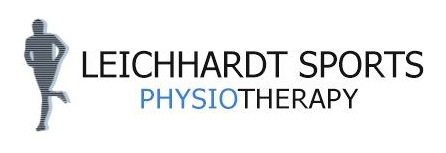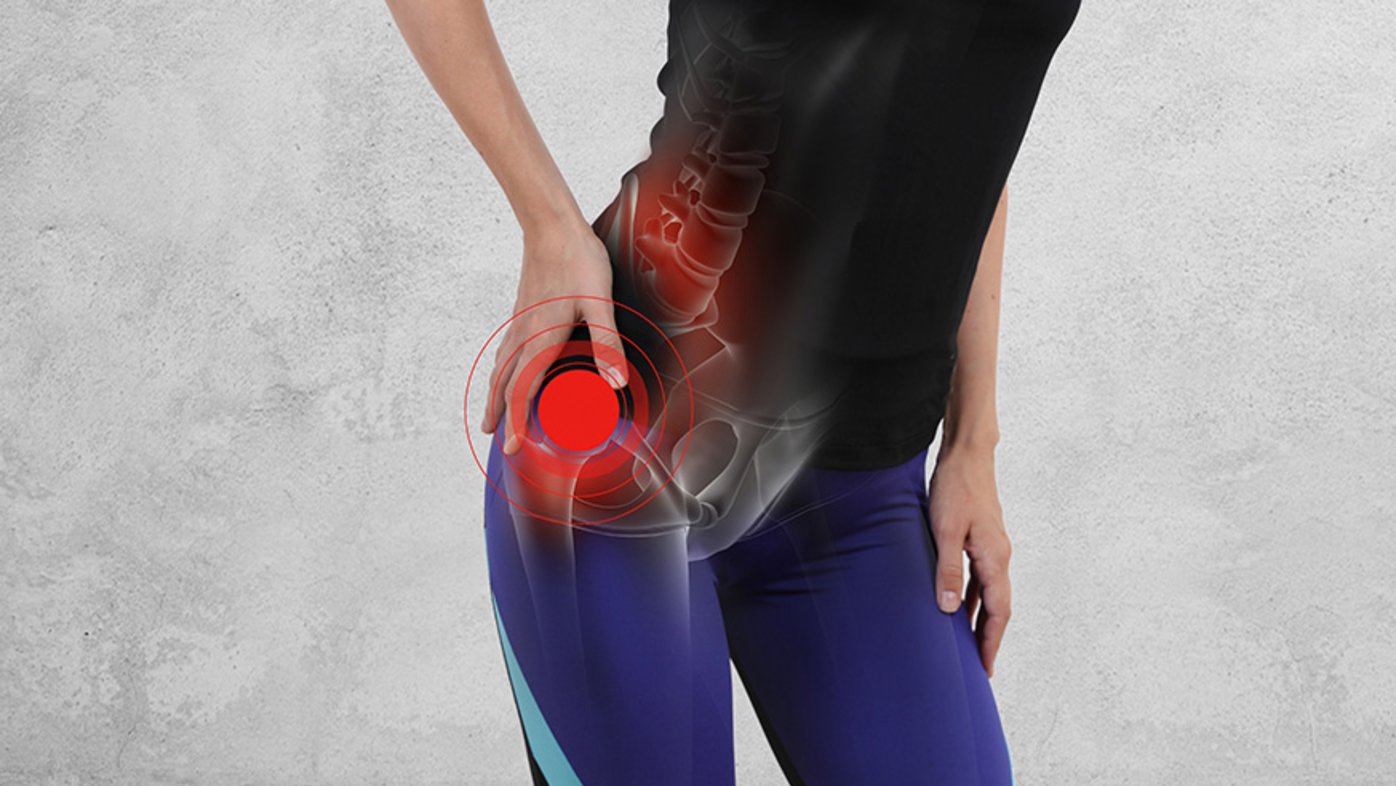What is it?
Pain that presents on the outside of your hip / thigh.
What causes it?
There are various causes of lateral hip pain which can be broken up into:
- Soft tissue related
- Joint related
- Nerve related
Soft tissue related
Lateral hip pain can be further classified as gluteal tendinopathy, trochanteric bursitis, and greater trochanteric pain syndrome (GTPS).
Soft tissue structures which are likely to be linked to lateral hip pain can include local muscles, bursae (sacs of fluid), fascia (ITB) and tendons.
The most common cause of soft tissue related lateral hip pain is from the gluteal tendons, accounting for 69% of cases.
Joint related
Lateral hip pain is commonly associated with hip osteoarthritis, however other joint pathologies which can cause lateral hip pain include impingement (FAIS), acetabular dysplasia and injury to the cartilage in the hip joint.
Nerve related
Lateral hip pain can be due to either injury to the peripheral nerve (entrapment or trauma to the nerve) or radicular pain coming from the nerve root at the lumbar spine.
How do I know I have it?
Soft tissue lateral hip pain will present with pain and tenderness over a specific point of the hip, called the greater trochanter, which is a bony prominence on the outside of the hip.
In some cases pain will also radiate down the outside aspect of the thigh and into the knee.
Common symptoms also include pain in this area when walking, running, going up and down stairs and compressing the area i.e. sleeping on affected side.
Joint related lateral hip pain presents closer to the top of the hip, with a sensation of the pain being ‘deeper inside’.
In some cases joint related lateral hip pain will move into either the buttock and/or groin area.
Nerve related lateral hip pain often presents on the outside of the hip/leg.
The pain will be sharp, shooting, burning or tingling type pain.
What can I do about it?
If you notice you start to have any of the symptoms mentioned above, then book in to see a physiotherapist.
They can assess your pain and provide appropriate hands-on treatment, education and give advice for activity modification and correct loading and prescribe appropriate exercise for the condition.


